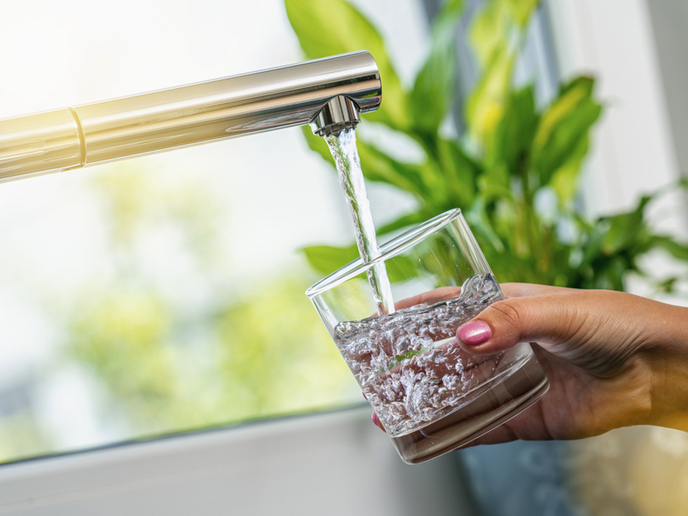Striving for more environmentally friendly drinking water on Cyprus
Cyprus, Europe’s most water-stressed nation, secures as much as 70 % of its drinking water supply through water desalination. Unfortunately, the island’s main desalination technology – reverse osmosis – is harmful to the environment. A team of scientists from Cyprus, the Netherlands and the United Kingdom sought to gain a clearer picture of this technology’s use on the island. In their paper(opens in new window), published in the journal ‘Desalination and Water Treatment’, they explore the scale of seawater desalination in the country, the technology’s impact on the environment and potential sustainable solutions. Five large desalination plants and 24 smaller desalination units supply drinking water to Cyprus’s municipalities, industry, power stations, tourist facilities and military, the study reports. The resulting energy consumed (based on 2018 figures) releases about 169 kilotonnes of CO2 equivalent to the atmosphere, representing approximately 2 % of the island’s total greenhouse gas emissions. “Though this is less than we feared, it is bound to rise unless something is done, because the need for water will also rise,” co-author Frithjof Kuepper of the University of Aberdeen was quoted saying in an article(opens in new window) published in the ‘Cyprus Mail’. As the article reports, the study obtained support from the EU-funded projects ZERO BRINE and WATER-MINING. Desalination obviously also affects the marine environment. For example, the 69.6 million cubic metres of desalinated water produced in 2018 also generated 103 million cubic metres of brine effluent. The researchers studied two of Cyprus’ largest desalination plants and found that desalination has a significant impact on seagrass meadows. “We found negative effects on Posidonia oceanica seagrass meadows within around 150 metres from the discharge point. The seagrass was less dense and the structure changed,” Kuepper stated. “We are also in the process of studying its effects on the local and alien fauna species,” added co-author Eleni Avramidi of the University of Aberdeen in the same article. “We are planning to see what the high salt content and the increased heat mean for local species and alien species such as pufferfish and lionfish.”
The solution
The study proposes a promising solution that could deal with both the CO2 emission problem and the brine waste. This is renewables-driven (and waste heat-driven) desalination, followed by zero liquid discharge. This would make it possible to recover salts and also promote the decarbonisation of Cyprus’ desalination sector. “We should make more sensible use of salt and not dump it into the sea at all,” remarked Kuepper. “Sea salt is basically a mixture of raw materials and can be used, for example to produce lithium, a much-needed component for batteries. So we could run cars in Cyprus by solar power and sea salt. Researchers are working on it and I hope this will happen within the next 10 or 20 years.” The remedy proposed in the study forms part of the circular economy approach promoted in WATER-MINING (Next generation water-smart management systems: large scale demonstrations for a circular economy and society) and ZERO BRINE (Re-designing the value and supply chain of water and minerals: a circular economy approach for the recovery of resources from saline impaired effluent (brine) generated by process industries). The ZERO BRINE project ends in May 2021. WATER-MINING began in 2020 and will last 4 years. For more information, please see: WATER-MINING project website(opens in new window) ZERO BRINE project website(opens in new window)



